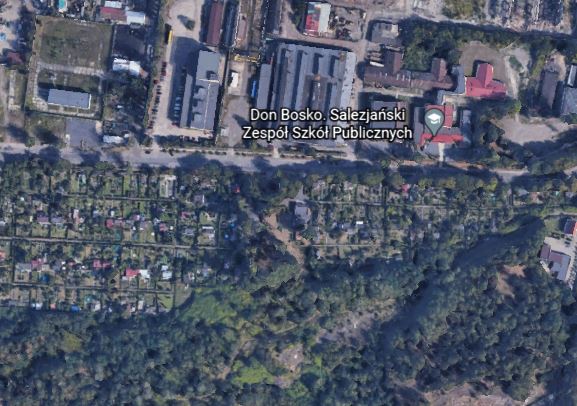Furstengrube

Furstengrube was established in summer 1943 at the Furstengrube coal mine near Wesola near Myslowice. IG Farben acquired this mine in February 1941 to supply coal for their factory near Auschwitz. A new mine was built besides the old Furstengrube mine. Soviet POWs and Jews were brought in to help the construction and, following agreement with the commander at Auschwitz, Rudolf Hoss, some 600 prisoners were brought to the site, subsequently increasing to 1,300. There was a forced labour camp for Jews, operated by Organisation Schmelt, called Lager Ostland. In September 1943, prisoners were brought from Auschwitz to a camp called Lager Sud. By 1944, the number of prisoners had risen to 1,200, most of whom were Polish Jews, with other Jews brought from across Europe. Several dozen non-Jews also arrived in Spring 1944. In May 1944, the 3rd Guard Company of Auschwitz III (Monowitz) arrived to guard the subcamp, commanded by SS Master Sergeant Otto Moll. In March 1944, SS Technical Ser...

